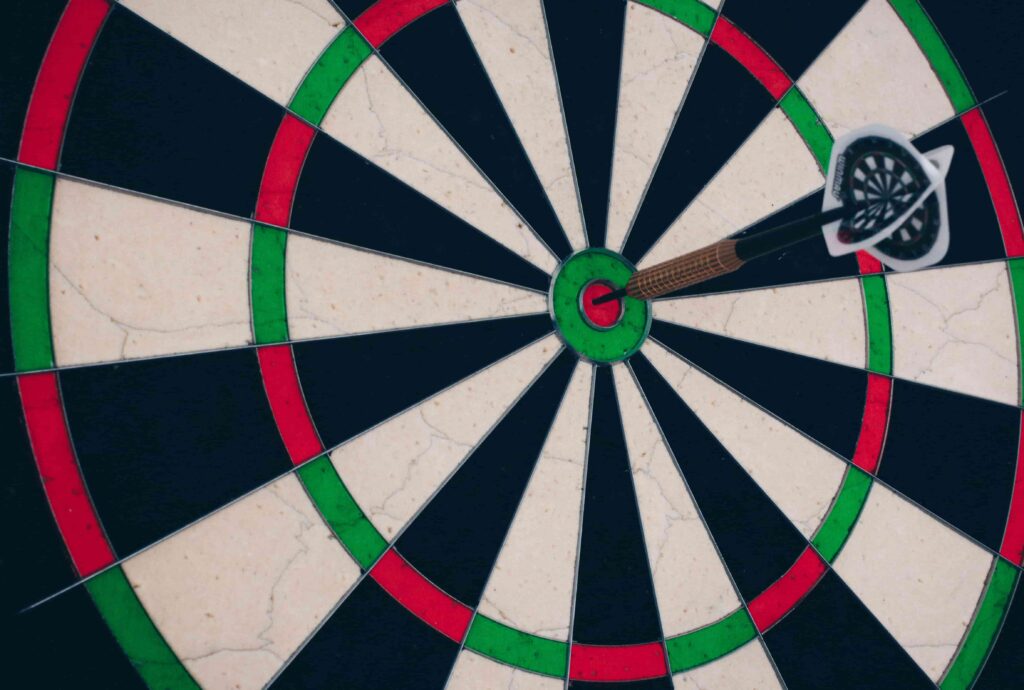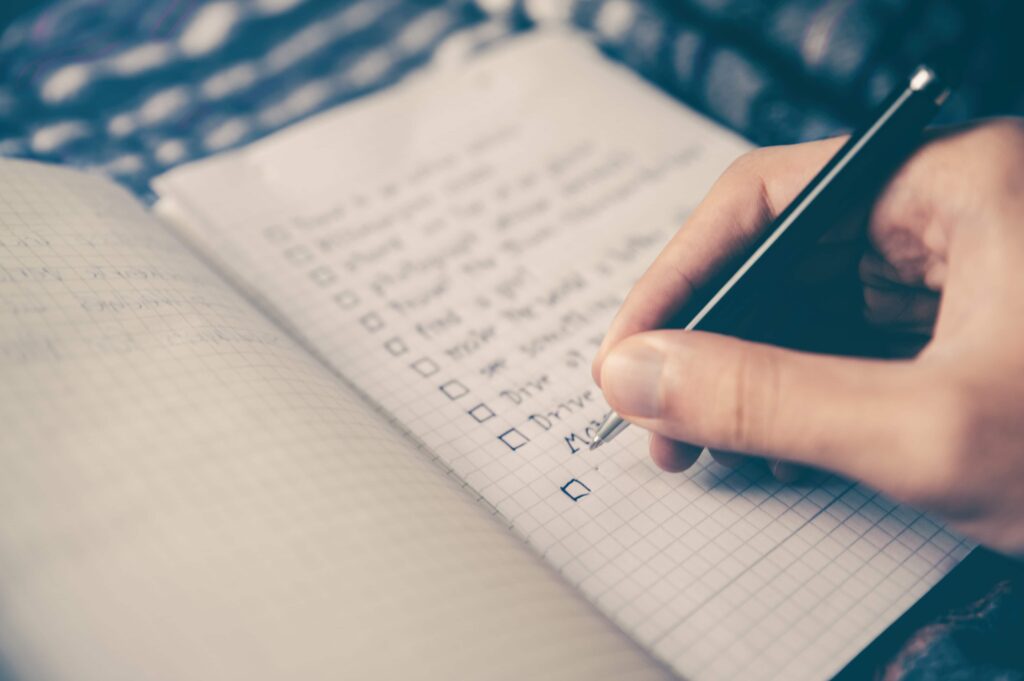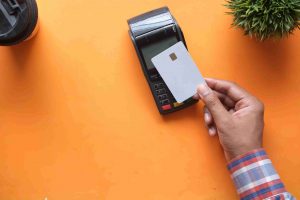The 10-Step Roadmap to Your Ideal Usability Test Plan
Creating a well-structured usability test plan is key to being able to get useful data about your product.
A well-structured usability testing plan seamlessly integrates this process into your overall project development workflow, streamlining the product design journey. On the contrary, embarking on usability testing without a plan can be a risky endeavour, often resulting in unfocused research, prolonged projects, and inconclusive analysis.
Although creating a plan might seem like an additional step in the usability testing process, it’s a crucial one that ensures your usability research remains organised, productive, and insightful. In this article we’re going to guide you step-by-step in creating the ultimate plan for your usability test.
What is a Usability Testing Plan?
A usability testing plan serves as a comprehensive blueprint detailing the steps and methodologies essential for conducting effective usability testing. It encompasses various crucial aspects, including the research objectives and goals, participant selection criteria and testing methods, the strategy for result analysis, and the anticipated outcomes and subsequent actions.
Creating a usability testing plan demands a meticulous examination of these elements to gain a precise overview of the project. Some key details to incorporate are:
- Aims and Goals: Clearly articulate the purpose behind your research and what you aspire to accomplish. How does this align with your overarching product development objectives?
- Test Participants and Methodologies: Specify the characteristics of your participants and the methods you’ll employ. Do you require a large pool of user testers, or will a smaller group suffice? Should the testing occur in a physical setting or online? Are you implementing techniques such as card sorting, prototype testing, or interviews? Specificity here will save time and effort later in the process.
- Analyzing Results: Define your approach for deriving insights from the research. Will you collect quantitative or qualitative data? Do you need to transcribe recordings or interviews? How many researchers will be involved in the analysis?
- Outcomes and Next Steps: Provide insights into what follows the usability research. How will the obtained outcomes contribute to broader product development? Are you anticipating additional rounds of research?
A meticulously planned usability testing strategy paves the way for success by offering a comprehensive and clear framework. It minimises confusion, fosters stakeholder alignment, and ensures that your usability testing endeavours are firmly rooted and purpose-driven.
An often overlooked aspect is the timeline. Incorporating a project timeline is crucial to keeping usability testing aligned with the broader product development process. This timeline serves as a vital tool for project tracking and ensures that the research progresses as intended.
Why Do I Need a Usability Testing Plan?
A robust usability testing plan is the unsung hero of effective usability testing, serving as the crucial but often underestimated initial phase in the testing process. It significantly enhances your readiness for usability testing, streamlines the research analysis, and guarantees that your testing efforts synchronise seamlessly with the overarching product development timeline.
Conducting usability testing without a well-structured plan is akin to squandering valuable time, financial resources, and energy. Moreover, the beauty of it lies in its scalability: the complexity of your usability testing plan mirrors the scale of your testing initiative. If you’re evaluating just a handful of ideas or features, your plan will naturally be more concise than when embarking on usability testing for an entirely novel product.
The 10-Step Usability Plan Process
For a foolproof guide to conducting effective usability tests and staying on course, here’s our comprehensive usability testing plan checklist:
1. Create Your Goals

To achieve success in your usability testing endeavours, it’s imperative to have a clear understanding of your objectives. These objectives serve as the compass guiding your choice of usability testing methods, determining the required number of participants, and shaping your approach to analysing research outcomes.
Precise and well-defined goals provide purpose to your usability testing, preventing aimless endeavours that yield impractical insights or, worse yet, misleading data that could result in misguided product decisions.
2. Plan The Details
Effective usability testing demands meticulous planning, and when executed proficiently, it poses a challenging yet manageable task. However, if approached haphazardly, it can swiftly devolve into a logistical nightmare capable of derailing the entirety of your product development endeavours.
While your project may present unique logistical inquiries, here are some fundamental questions to initiate the planning process:
- What are the project’s commencement and conclusion dates?
- How many team members will be actively engaged in the process?
- What strategies will you employ to recruit suitable participants?
- Is a physical location necessary for conducting research, or can it be done remotely?
- What specific equipment or tools will be indispensable? (Further details on this in the following section)
- What is the anticipated duration for each phase of the process?
These preliminary questions provide a solid starting point for addressing the logistical aspects of your usability testing plan.
3. Decide On The Tools
Are there any additional tools or software requirements necessary to facilitate your usability testing procedures? These tools extend beyond the scope of usability testing directly and encompass a broader array of functionalities, including note-taking applications, video conferencing solutions, and project management platforms, among others.
Being well-prepared for the testing process entails ensuring you have access to all the requisite tools. Here are examples of software that may be integral:
- Zoom: Ideal for conducting video conferencing sessions.
- Airtable: A valuable asset for project management and organisation.
- Notion: A versatile platform for comprehensive note-taking and documentation.
- Uxcel: A valuable resource for educating the rest of your team on your testing procedures.
The software options available are virtually limitless, so it’s prudent to explore various alternatives and conduct trials to identify the solutions that best align with the specific needs of your team and project.
4. Design The Format
The choice of format for your usability testing hinges on the specific insights you aim to extract. Different usability testing formats yield significantly divergent results, so it’s crucial to align your selection with your research objectives. Consider the following factors when determining which usability testing method best suits your needs:
- Quantitative or Qualitative: The type of research you undertake determines the nature of the insights you’ll gather. Quantitative data involves objective, numerical data from usability testing, while qualitative research seeks to delve into the motivations, thoughts, and attitudes of your users. The most effective and enlightening research often combines both data types for a comprehensive evaluation.
- In-person or Remote: Both in-person and remote usability testing offer distinct advantages and drawbacks. In-person testing removes participants from their natural environments but affords greater control over testing conditions. Remote testing provides real-life context but can be more challenging to manage in terms of environment-related biases. Importantly, most research and usability methods can be conducted remotely, regardless of methodology or moderator.
- Moderated or Unmoderated: Determine whether researchers will be present during testing (moderated) or if participants will proceed independently (unmoderated). Some usability methods, such as interviews, necessitate the presence of a researcher. It’s essential to note that, albeit unintentionally, researchers can introduce cognitive biases during research.
Certain factors may naturally guide your choices. For instance, testing a bicycle logically lends itself to in-person testing, while research involving participants from various countries may favour remote testing. Regardless of your decisions, it’s imperative to incorporate these considerations into your usability testing plan.
5. Decide On Your Sample Size
Once you’ve outlined your research objectives and determined your approach, you’ll have a clearer grasp of how many participants are necessary. The “go big or go home” approach isn’t always the best strategy, especially when considering methods like user interviews. While these interviews can yield profound insights, attempting to analyse and cross-reference findings from a pool of 30 interviews can become an overwhelming task. It may initially seem like you’re gaining more insights, but beyond four or five participants, the incremental benefit of each additional participant diminishes significantly. At a certain point, additional participants may not contribute substantially to your understanding.
Conversely, this principle doesn’t apply universally to all usability testing methods. For instance, most quantitative research methods thrive with a larger participant pool, as more participants equate to more data, which in turn generates a broader range of results and a richer statistical foundation. In such cases, having 30 or more participants can prove highly advantageous.
6. Write The Tasks

Your usability tasks are the activities you’ll instruct research participants to carry out during usability testing. The participant’s ability to successfully complete these tasks serves as a key indicator of your product’s usability. Usability tasks typically fall into two primary categories:
- Exploratory Tasks: These tasks are open-ended and do not have a definitive right or wrong answer. They serve to address broad research inquiries and examine how users anticipate locating information within a product.
- Specific Tasks: In contrast, specific tasks usually have a clear correct or incorrect outcome. They focus on evaluating how users can perform particular actions and assess the ease with which they can accomplish them.
Asking precise and relevant questions during usability testing is paramount to obtaining actionable insights. It is imperative to ensure that your usability testing script is concise and tailored to your specific objectives. This approach guarantees that the type of test you conduct aligns perfectly with the answers you seek, ensuring the utmost utility of your research.
You can learn more about writing the tasks for your usability test in our ultimate guide.
7. Determine Your Metrics
Conducting usability tests represents just one facet of the challenge; the other critical component lies in deriving actionable insights that effectively address your research inquiries and objectives. It is paramount to establish a clear picture of what success entails before embarking on usability studies, including defining specific statistics and data points you aim to collect.
Here are a range of qualitative and quantitative metrics that merit consideration:
- Time on Task: Assess how long participants take to complete usability tasks. Prolonged task durations may signal the need for UX/UI enhancements.
- Likes, Dislikes, and Recommendations: Gather direct insights into participants’ perceptions and sentiments regarding the usability of your designs. These provide valuable qualitative feedback on what is functioning effectively and what requires improvement.
- Critical Errors: Identify errors that have a substantial impact on task completion. These errors, whether acknowledged or not by participants, hinder successful task execution and signify areas in need of modification.
- Non-Critical Errors: Recognize minor deviations from usability test objectives, such as navigating to the wrong tab or unintentionally scrolling past a critical action. These non-critical errors pinpoint opportunities for refining usability and enhancing efficiency.
- Error-Free Rate: Calculate the percentage of participants who successfully complete usability tasks without any errors. This metric can serve as a guiding benchmark.
- Successful Task Completion: Determine the overall percentage of tasks successfully accomplished by participants, irrespective of the path taken.
Ensuring that you have a predefined methodology for evaluating results is imperative, preventing you from reaching the conclusion of the testing process only to find yourself uncertain about how to interpret and utilise the findings effectively. Establishing this clarity from the outset ensures that you can extract meaningful insights from your usability testing research. If you’re interested in practical examples of usability testing and analysis, you can explore five real-life case studies in the field.
8. Pilot Test
It’s advisable to arrange a pilot usability test, essentially a practice run involving a member of your organisation. Ensure that the pilot participant has had no prior involvement in the usability testing process to prevent the introduction of false-consensus bias. Ideally, you want someone with a similar level of knowledge as an external participant, ensuring the accuracy of the pilot.
Conducting a pilot test serves several valuable purposes: it enhances the testing process, refines your tasks and inquiries, and highlights any potential issues with your existing testing setup. What may appear straightforward to you could pose challenges for participants who possess relatively limited information. Therefore, a pilot session is an essential step in the process that should not be overlooked.
9. Reporting
A usability report serves as a comprehensive document presenting the outcomes of your usability testing and the valuable insights gleaned from it. This report serves as a means of disseminating these findings to relevant teams, keeping them informed about the current discoveries and applying these insights to future projects. After all, the benefits of these insights extend throughout the organisation, transcending the boundaries of product development.
Your usability report should encompass a diverse range of details drawn from the usability testing process, extending beyond mere results. It should include contextual information that effectively conveys the dedication of time, effort, and resources essential for the success of usability testing. This report is not solely about sharing outcomes; it also serves as a medium for ensuring that everyone comprehends the significance and far-reaching impact of user research.
10. Going Forward
With your usability test completed, it’s crucial to outline the ensuing course of action. While the primary goal was to unearth vital insights, it’s the implementation of these insights that truly makes a substantial impact. The particulars of your forthcoming steps will hinge on the precise objectives you aimed to achieve through usability testing.
Your subsequent actions should encompass specific plans for what needs to be done, the essential team members involved, and clear timelines for execution. This approach prevents the last-minute assignment of tasks and provides all team members with a proactive understanding of their responsibilities, even if the finer details are still pending.
Overview
Usability test plans serve as integral tools for conserving precious time and resources, ensuring the user-friendliness of designs, and maintaining a competitive edge in the market. Whether you are a novice in the realm of usability testing or aiming to fine-tune your existing processes, this conversation underscores the pivotal role of usability test plans within the continuum of ongoing product development.
To continue your research into usability testing, take a look at our guide to user testing and check out our top tips on creating your own usability test script.







